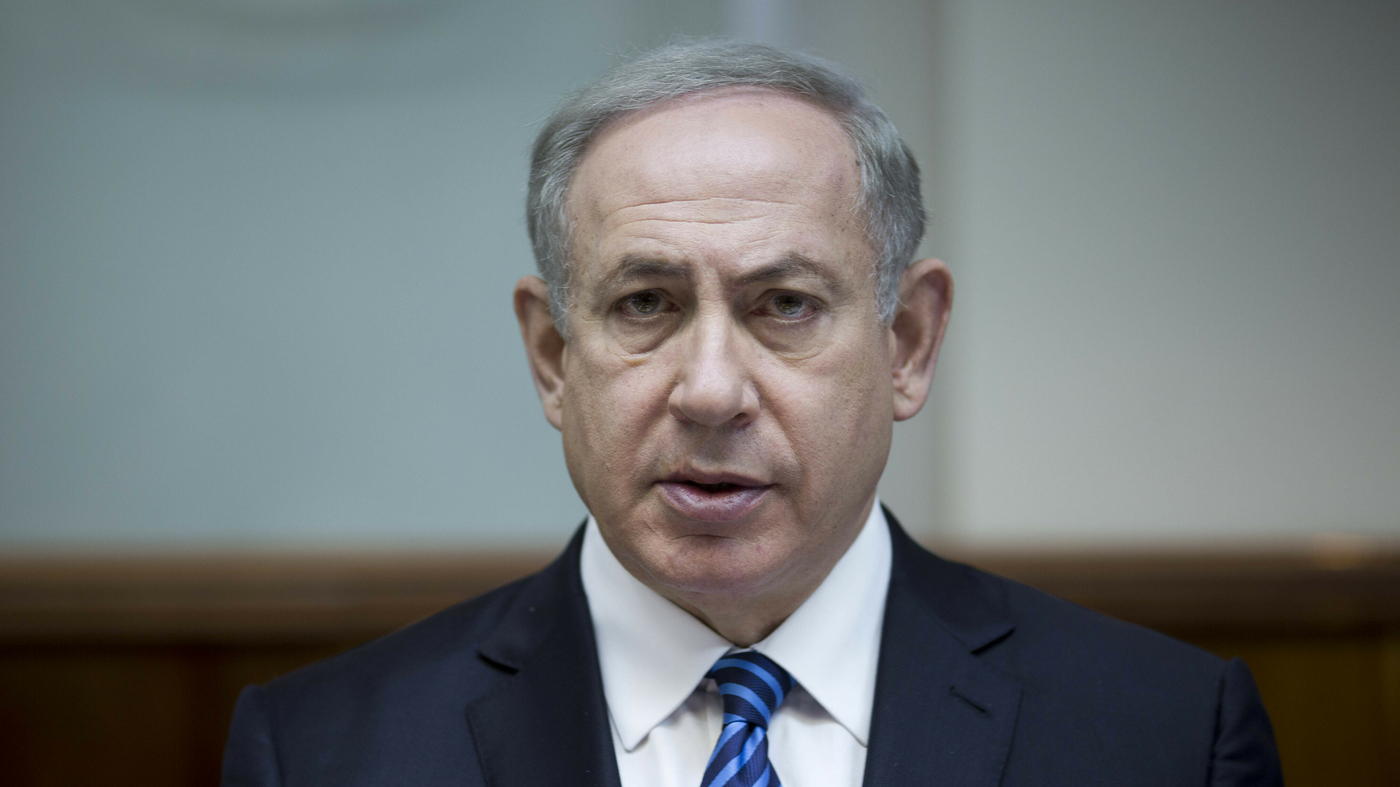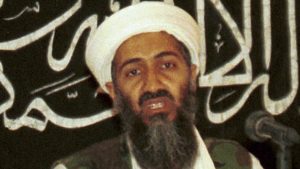
Netanyahu isn’t saying who the new Gaza government will be
The Israeli Attack on Gaza and the Status of the Hospital Complex: Netanyahu vs. Israel during the October 7 Violation of the Oslo Constraints
“Once we defeat Hamas, we have to make sure that there’s no new Hamas, no resurgence of terrorism, and right now the only force that is able to secure that is Israel,” Netanyahu said.
But the interview with Morning Edition’s Steve Inskeep was notable for what the prime minister did not say: who he thinks should govern the territory with a population of 2.3 million, now devastated by six weeks of Israeli bombing.
Donatell Rovera, an investigator with theAmnesty International, told NPR that the intensity of the Israeli offensive is beyond anything they’ve seen before. Palestinian officials in Gaza say the fatalities so far include 4,407 children, 3,137 women and 686 elderly people, out of a population of 2.3 million.
Gaza was dependent on aid to function before this war. After the Oct. 7 Hamas attack, Israel imposed what it has called a “total” siege on the Gaza Strip, blocking fuel and other necessities from entering.
It’s unclear who would replace Hamas in the seat of government. The leader of the Palestinian Authority, which runs the West Bank, has said he is not interested — and Israel doesn’t want that either.
Netanyahu compared the situation in Gaza to the Allies’ occupation of Germany and Japan after World War II, after their surrender, for administrative and rehabilitative purposes (such a move by Israel, however, would likely be unilateral).
Israeli troops closed in on Gaza City’s Al-Shifa Hospital this week, the territory’s main hospital. Due to ground fighting, fuel shortages and lack of medical supplies caused by Israel’s blockade of most aid to Gaza, Al-Shifa had effectively stopped functioning.
Hamas has denied Israel’s assertion that it had a command center. The Israeli military said its troops found weapons and other equipment — as well as the bodies of two hostages — in the area of the complex. The statements haven’t been confirmed by independent people.
Netanyahu said troops found weapons, ammunition, bombs and a “major” command center in the hospital, which he said Israel has now taken over. He said the troops brought Arabic-speaking doctors and incubators with them as they moved in.
The Geneva Conventions protect hospitals during war, but the safeguards are not absolute. Human rights groups continue to call for a cease-fire, which Netanyahu has said cannot happen until all the hostages are released.
Earlier this week, Israel’s military dropped leaflets telling residents in parts of the southern town of Khan Younis they too had to leave their homes. The IDF did not respond to NPR’s request for comment on this further displacement of civilians.
The guesthouse for staff from the U.N. relief agency UNRWA in the south of Egypt was attacked by Israeli strikes last Sunday. The employees were not injured when they left the building. In the last five weeks, over 100 UNRWA staff have been killed, more than any other period since it was founded.
The Israel Defense Forces press desk, responding via WhatsApp to questions from NPR, said on Nov. 9 that it is operating to protect the security of the state of Israel after the Hamas attacks.
An analysis of the European Space Agency’s satellite imagery show a steady increase in the number of buildings destroyed in the Gaza Strip. Since the beginning of the conflict, over 10,000 buildings are likely to have been damaged or destroyed by airstrikes in these areas, according to analysis by Corey Scher of New York’s CUNY Graduate Center and Jamon Van Den Hoek of Oregon State University.
When his father received a call from the Israeli army, Asa’d Saqallah and his family fled Gaza City. On October 13 he and his relatives and his siblings and children took what they could and went to stay with a cousin in the south of the Gaza Strip.
Eleven days later, at night on Oct. 24, most of the family were sleeping when, Saqallah says, “Death came.” When a multiple rocket attack hit the building the walls of their apartment collapsed on them, and the apartment above them was destroyed. “I started praying; rubble fell on me; my face was burnt,” he says.
Saqallah says his 11-month-old son was killed. His sister, her husband and their children were also present. His younger brother and his cousin were with him.
Saqallah’s wife, who was heavily pregnant, was badly wounded. He says her legs were “just flesh” when he carried her out of the building. Doctors managed to save her and the baby girl that she has now delivered — named Mariam after Saqallah’s dead sister.
The Israeli Gaza Strip is No Safe Place to Live, says Sanjana Varghese, a Investigative Director at Airwars
The group parsed every report of harm to civilians south of Wadi Gaza in the first week after Israel told civilians to go there. Airwars gathered 127 allegations of civilian harm between October 14 and October 21.
“You can see that the frequency and intensity of those allegations of the attacks south of Wadi Gaza really appeared to increase,” Sanjana Varghese, a journalist who also works as an investigator at Airwars, says of the group’s as-yet unpublished analysis.
The strikes on the south were part of a pattern of increased Israeli bombardment across the whole Gaza Strip, Varghese says. Many of the reported attacks Airwars analyzed in the south were around civilian infrastructure, including schools, hospitals and restaurants.
“Calling that area an evacuated area might technically be true,” says Varghese. It’s not safe. It isn’t a place that people can go to and know that they’ll be taken care of.
“Every day we get more confirmation of more colleagues killed,” says Juliette Touma, UNRWA’s director of communications, based in Amman. It is shattering. It’s just shattering.”
Some 830,000 displaced people are sheltering in UNRWA schools and other buildings. They live in cramped conditions, sleeping in the hallways or schoolyards. In the most overcrowded shelters there are now over 600 people sharing one toilet.
It shows that there is no safe place to live in Gaza. “Not the north, middle areas, or the south,” says Touma. Civilians, including children, women, and men, have all been killed in the Gaza Strip.
Philippe Lazzarini, the commissioner general of UNRWA, told an international conference on Gaza in Paris last week that “thousands of children cannot be ‘collateral damage.'”
Gaza Strip, a telecommunications hub for epidemics and food security: Report from Procter and the UNRWA Gaza correspondent
People are getting wood from the rubble to make fires to cook over. They are digging holes to try to get to the water. Procter lived in Gaza and speaks regularly with people there.
Some aid trucks have now started moving into Gaza again, but humanitarian groups say the deliveries are not enough to match the need. The UNRWA says that diseases are spreading.
In the Gaza Strip, a Palestinian telecommunications provider says its cell towers have stopped operating because of the lack of fuel. On Friday, it announced a “partial restoration” of services, after receiving “a limited quantity of fuel” via UNRWA to restart its generators.
Ruth reported from Rome. Washington, D.C. is the location of Daniel Wood. Fatima Al-Kassab also contributed to the story. Alon Avital contributed reporting from Tel Aviv. The report was from Gaza by Anas Baba.

